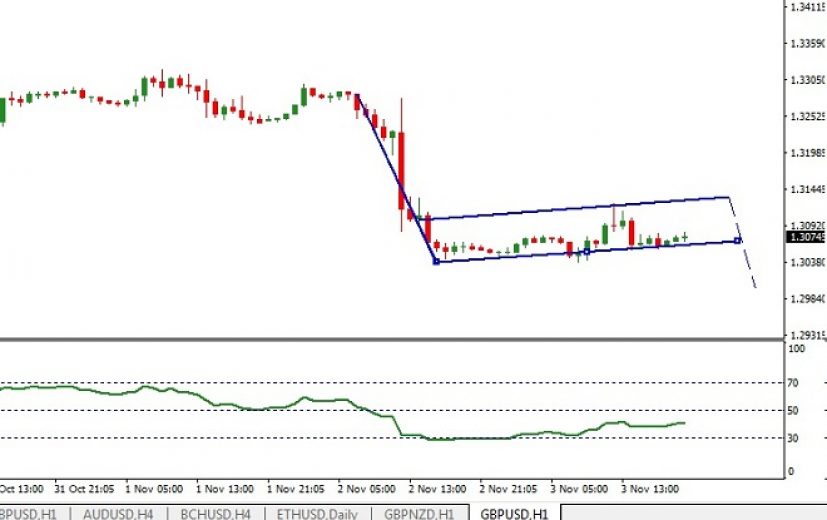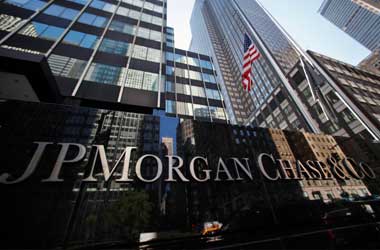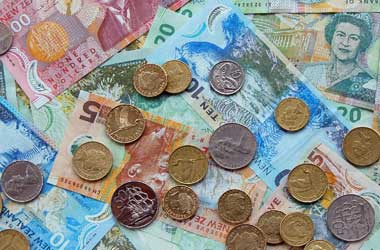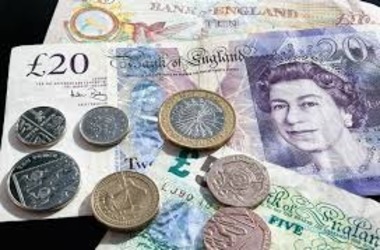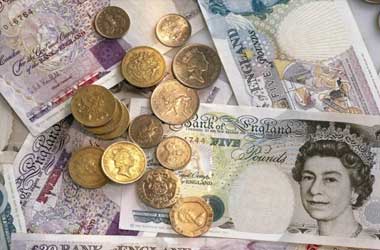 The Bank of England, as anticipated, raised the benchmark interest rate by 25 basis points to 0.50% on Thursday. However, the market reacted negatively to the rate hike.
The Bank of England, as anticipated, raised the benchmark interest rate by 25 basis points to 0.50% on Thursday. However, the market reacted negatively to the rate hike.
In general, a rate hike makes the currency of a country more attractive, thereby resulting in a rally. It was not the case with the Pound as the statement accompanying the Pound, as explained below, did not indicate further hikes anytime soon.
In the US, the economic data reported on Friday were mixed.
Still, we anticipate the GBP/USD pair, which closed at 1.3074 on Friday, to decline further.
For the 94th consecutive month, the Institute of Supply Management reported Friday an increase in economic activity in the US. The non-manufacturing PMI reading hit a record high of 60.1 in October, compared with 59.8 in August, and greater than economists’ expectation of 58.50. Barring Educational Services, and Arts, Entertainment & Recreation, all other 16 non-manufacturing industries recorded an expansion.
Earlier on Friday, the Bureau of Labor Statistics reported a non-farm employment change of 261,000 in October, versus analysts’ estimate of 312,000. Last month, the non-farm sector added a mere 18,000 jobs. However, it was mainly due to the negative impact of hurricane Harvey and Irma. Even though, the October non-farm employment data did not meet analysts’ expectations, still, it is not worrying as the ISM non-manufacturing PMI reading indicates a strong rebound in the fourth-quarter.
As far as the Pound is concerned, analysts at ABN AMRO have forecast a further decline against its major rivals. The first and foremost fact presented in support of the argument is the market’s disappointment over the lack of hint about future interest rate hikes.
Further, the accompanying statement from the also indicated that future rate hikes would be limited and at a gradual pace, after taking into consideration the inflation rate. The BoE has projected an interest rate of 0.7% in 2018. That means there would possibly be only one rate hike next year, if the conditions warrant. If the inflation subsides faster than anticipated, then the odds of a rate hike in 2018 will diminish to a great extent. ABN AMRO also expects the UK economy to perform moderately, with downside risks due to Brexit related talks. Thus, fundamentals, favor a downtrend in the GBPUSD pair in the short-term.
The GBP/USD pair is forming a bearish flag pattern as shown in the image below. Further, the RSI indicator is moving below the reading of 50. Thus, we expect the currency pair to resume downtrend soon.
To gain from the probable downtrend, we may go short in the GBP/USD pair near 1.3070, with a stop loss order at 1.3150. The short position will be covered near 1.2915. Likewise, an investment may be made in a put option to benefit from the GBP/USD pair’s decline. A strike price of about 1.3070 is what we would look for while entering the trade. The option should remain active for a period of one week from the date of purchase.

